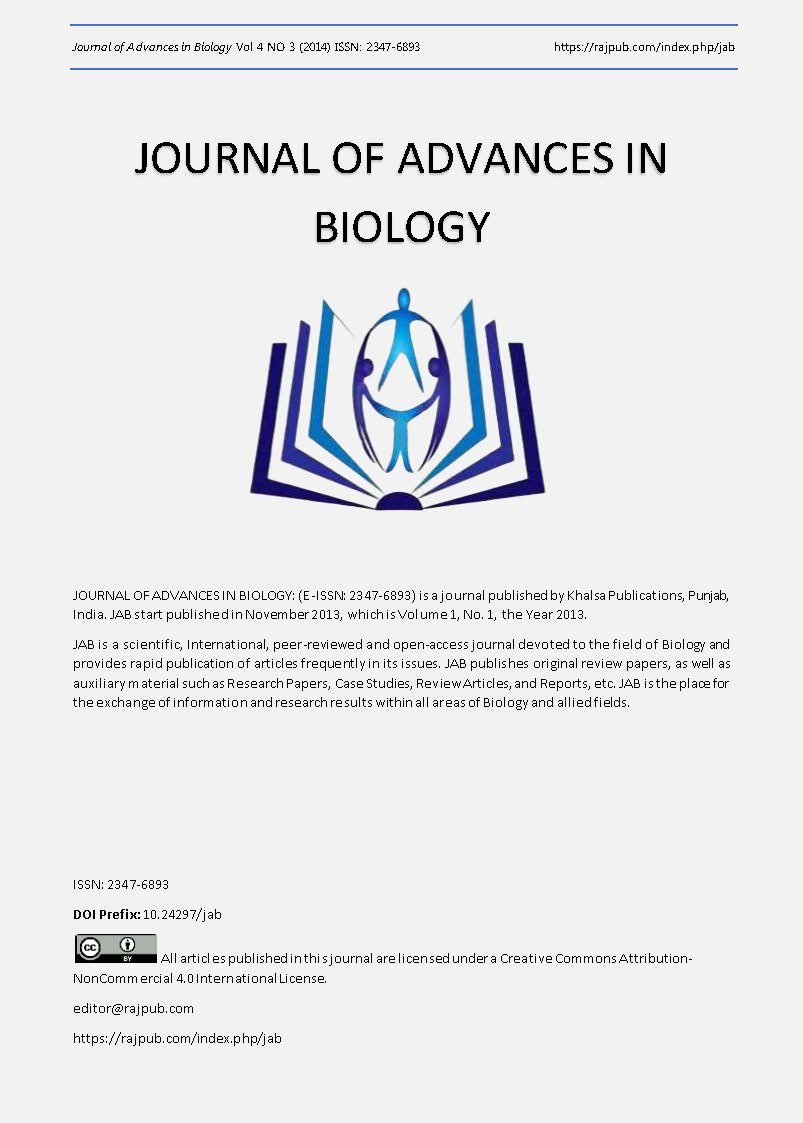Antimicrobial Activity of Lavandulla pubescens Essential Oil From Two Places In Yemen
DOI:
https://doi.org/10.24297/jab.v4i3.3744Keywords:
Antimicrobial activity, Essential oils, Disk diffusion, Plant extracts, Taiz, IbbAbstract
The present work aims to evaluate the antimicrobial activity of essential oils of two different places of similar Lavandulla pubescens (Taiz and Ibb). The antimicrobial properties of essential oils obtained from L. pubescens ( Taiz) and L. pubescens ( Ibb) were examined. To evaluate the in vitro antimicrobial activities of these tow aromatic extracts; their in vitro antimicrobial activities were determined by disk diffusion testing. Bacillus subtilis (ATCC 6633), Micrococcus luteus (ATCC 9341), Stapylococcusaureus (ATCC 6538), Streptococcus pyogens (ATCC 10541), Escherichia coli (ATCC 8739), Pseudomonasaeruginosa (ATCC25619), Salmonella abony (ATCC 6017), Bifidobacteriumbifidum (EMCC 1334), and Lactobacillus acidophilus ( EMCC 1324), were used as standard testbacterial strains, while Aspergillus flavus ,Aspergillus fumigatus , Aspergillus niger (ATCC 16404) and Candida albicans (ATCC 2019) were used as standard test fungal strains. both L. pubescens (Taiz) and L. pubescens ( Ibb) recorded higher antimicrobial activity against all test microorganisms at their high level (15µl), and were no activity against P. eruginosa, with lowest activity against all fungal strain tested at low level( 0.6µl). The essential oils considered in this research showed a satisfactory antimicrobial activity. The essential oils could be used for the development of novel systems for food preservation.
Downloads
Downloads
Published
How to Cite
Issue
Section
License
 All articles published in Journal of Advances in Linguistics are licensed under a Creative Commons Attribution 4.0 International License.
All articles published in Journal of Advances in Linguistics are licensed under a Creative Commons Attribution 4.0 International License.




